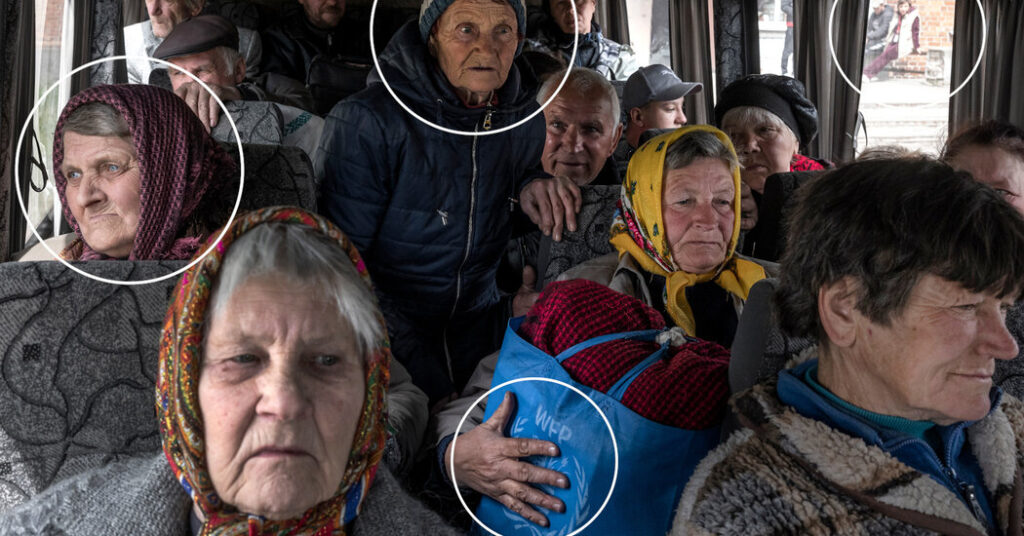The small bus was packed with people from Wovchansk and its surrounding small villages, following Russia’s march towards the Kharkov region of Ukraine.
I met them at the halfway point where they were being taken to Kharkiv, the nearest big city.
Volunteers and rescue workers helped those unable to walk and distributed water and food. Cellphone service was limited during the fighting, so satellite internet connections were set up to allow evacuees to tell loved ones they were safe or allow them to try to check if family members were still in danger.
Despite this, there was still no time to take a breath.
Just over a week after Russian troops crossed the border again, thousands of people were rushed to Kharkiv, Ukraine’s second city with a population of 1.2 million. Those fleeing border areas described entire streets destroyed by the war.
Displacement is nothing new in the region, and evacuations may be far from over. Everyone on this bus had already faced Russian occupation: in the early months of the war, Russian troops had reached the outer ring of Kharkov, forcing hundreds of thousands to flee before Ukraine pushed them back .
They have attacked the city again with missiles and powerful glide bombs. Although their new offensive has slowed in recent days, there are still concerns that it could bring Kharkov back within artillery range.
Written by Peter Robbins.

